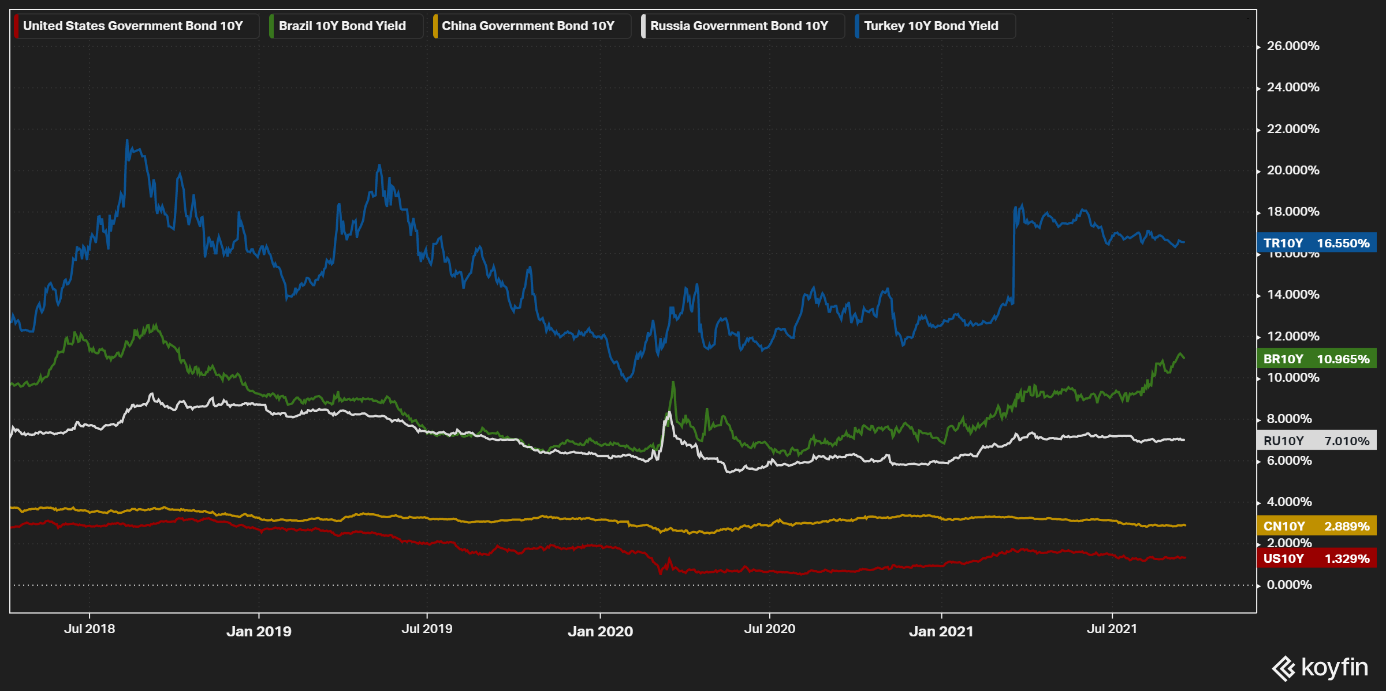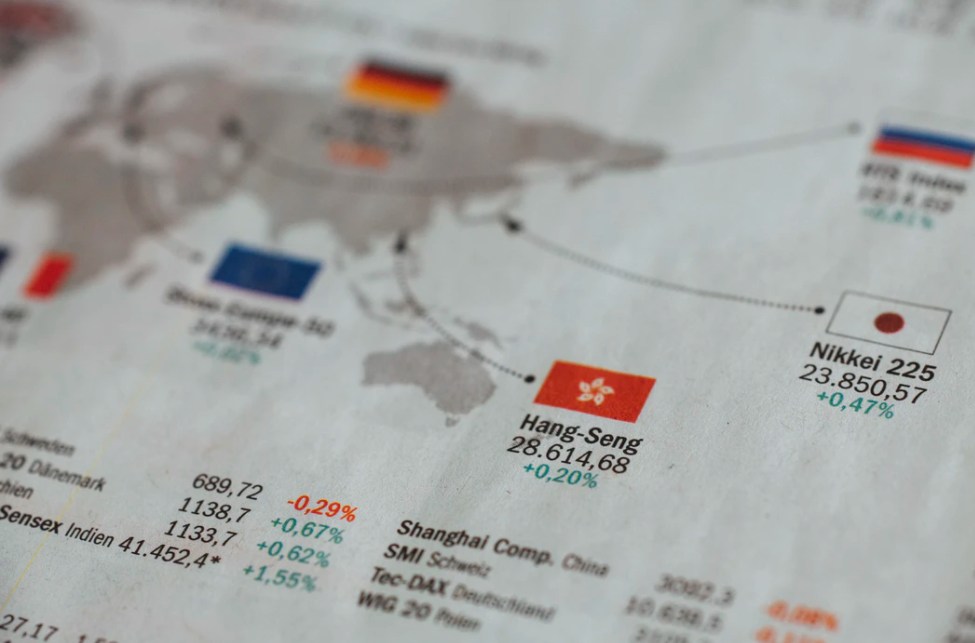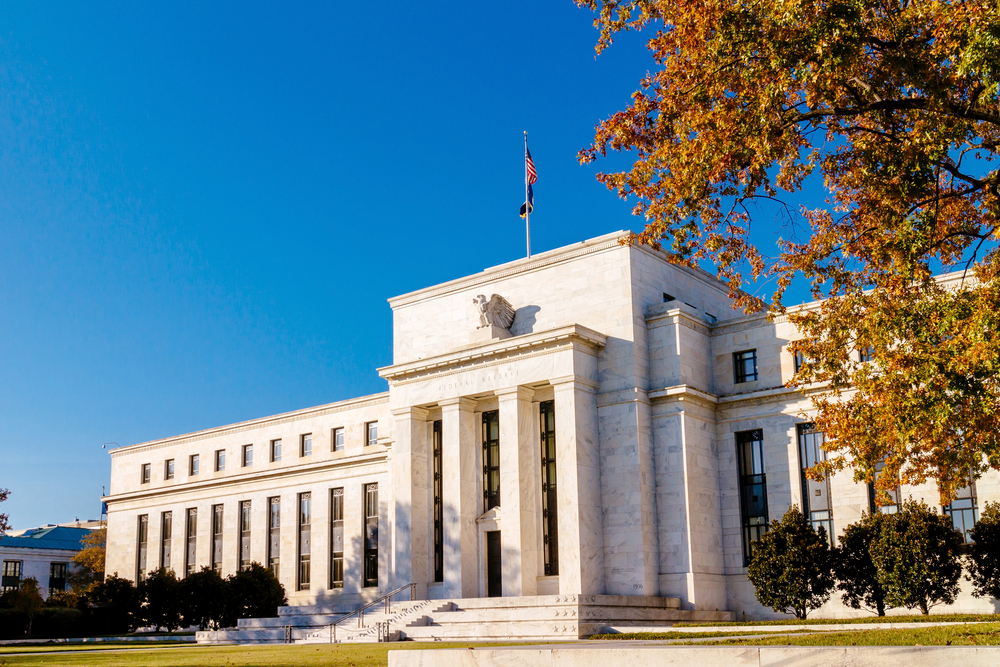How long will the asset prices decline?
Inflationary risks arising as a result of monetary and financial expansions in global markets typical of the pandemic period have been playing a decisive role in asset prices for some time. The world's largest importers and exporters especially countries such as the USA and China, continue to affect other countries with high inflation risks they have.
In other words, expectations that monetary authorities will undo or continue to take some of the expansionary policies despite cost pressures, forecasts that liquidity will not be abundant compared to the pandemic period and the cost of borrowing will increase play a key role in the prices of relatively risky instruments.
At this point, the US economy, which is the focus of global markets; in data released by the Labor Department, the Consumer Price Index (CPI) rose 0.3 percent in August compared to the previous month, slightly declining from a 13-year high of 5.3 percent year-over-year. Again, in this period, the producer price index (PPI), which reached 8.3 percent year-over-year, also signaled that cost pressures will continue for some time.
On the other hand, in China, which contains more than 25 percent of the world's manufacturing industry, PPI rose 9.5 percent year-over-year, its highest since 2008, although it declined by 0.8 percent in August, according to the National Bureau of Statistics of China (NBoSC). This is a signal that price pressures will continue through imported goods in European countries, especially in the United States, which is China's largest market.
In this case, there is a lot of pressure on the central banks and their members. Due to the high levels of inflation and inflation expectations, there is an expectation that the pace of monetary expansion will be reduced.
As a matter of fact, the central banks of New Zealand, Canada and Australia reduced their asset purchase rates. And the central banks of Turkey, Brazil and Russia in the emerging countries category also started to tighten monetary policy by raising interest rates. At this point, it is possible to see the effects of inflation expectations on the debt market.
An important determinant here is the fact that interest rates on 10-year US bonds, which are considered indicators, especially in the debt market, are located above 1.30 percent. Rising 10-year interest rates, which are risk-free returns, along with inflation expectations, are a downward element in global investor risk appetite and stock market indices. Looking at the latest quotes of the nearly one-year price outlook for US maturities, which are leading global stock markets, the pressure created by bond interest rates is obvious. But it's also too early to talk about a negative trend.
Considering the indices, it can be estimated that reducing the pace of asset purchases in the first stage will cause a significant loss of momentum. But unless a global tightening led by the Federal Reserve begins, there will be no talk of a downward outlook for stock market indices.
At this point, the Federal Open Market Committee (FOMC) argues that price pressures in the inflation outlook are temporary, an effective form of communication for asset prices. Although the base effect, which will be activated by the end of the year and the beginning of 2022, will bring down the inflation outlook somewhat, it is very clear that it remains far from the target 2 percent.
As the framework narrows further, although the Fed is considering reducing its asset purchases, the process is expected to be completed in a term of 8 to 16 months, according to statements by influential members of the FOMC. In other words, the central banks of developed and developing countries under the leadership of the Fed will take a step or continue to take in the face of inflation pressures, but will try to spread it over a certain period of time. Of course, however, the gradual end of the period of low-cost abundant liquidity will have a negative impact on the rise of indices. From this point of view, it can be assessed that decreases are an opportunity for increases.
From the technical point of view, it seems that the ascending trend continues in the US maturities. These decreases can be characterized as a minor retracement movement. As volatile market conditions are easing, we believe that bullish moves in the indices will continue with weaker momentum in line with the major trend.





